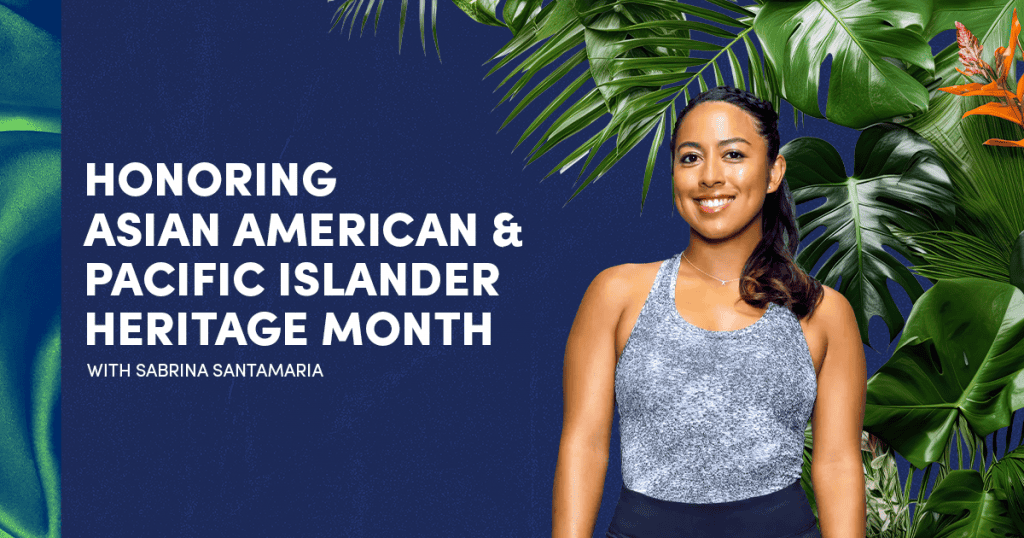
May is Asian American and Pacific Islander Heritage Month, a month dedicated to recognizing and celebrating the impact and achievements that Asian Americans, Native Hawaiians, and Pacific Islander Americans have contributed to the United States’ history and culture.
In honor of AAPI Heritage Month, the PTPA caught up with two-time women’s doubles champion Sabrina Santamaria to discuss what her AAPI heritage means to her. Born and raised in Los Angeles to a Filipino mother and a Panamanian father, Sabrina’s connectivity with the AAPI community helped her find her confidence in LA and has continued to help her find strength and support throughout her professional tennis career.
Continue reading to learn more about Sabrina and her culture.
Sabrina, what does being part of the AAPI community mean to you?
It is super important for me to be a part of the AAPI community because I want to inspire the next generation of Asian-Americans. I hope to show them that anything is possible, no matter your background/upbringing. I hope that young AAPI athletes can identify with my story, perhaps they also have shared experiences, and can feel encouraged and inspired to keep pushing limits and breaking barriers.
How do you stay connected to your cultural roots? Has tennis helped you connect with the AAPI community?
Growing up in Los Angeles, I was fortunate to connect with the AAPI community through tennis because LA is such a diverse melting pot. I grew up playing in the public parks of LA, specifically Koreatown, and there was a huge AAPI community that welcomed and supported me throughout my younger years. Being half-Filipino, I really enjoyed connecting with other Filipino-Americans, and it was so special to stay close to my cultural roots. Whether it was playing doubles altogether, sharing Filipino meals (like pancit and lumpia), or having watch parties for big sporting games, I always felt a strong sense of community and support. Even to this day, the Filipino community from the LA parks still support me in my professional career.
Have you faced any challenges as an AAPI athlete, and how have you overcome those challenges?
I always found it challenging to be half-Asian, because growing up I felt I was never enough. I was never full-Asian, never full-Latina, so in my childhood, I felt being “half” was never good enough to be welcomed or included in either community. I couldn’t speak Tagolog and was only partially fluent in Spanish, so again, I had trouble connecting with both communities. In elementary school on documents or forms, there was only one ethnicity box, and I always had trouble selecting Asian or Latino- I would end up selecting “other” or felt guilty about selecting one and not the other. Tennis actually helped me overcome these challenges because of the tight-knit AAPI community that played tennis in Los Angeles. I felt included, supported, and encouraged to pursue my dreams because of the AAPI tennis community in the public parks that I grew up in.
In your opinion, why is diverse representation so important in professional tennis?
Diverse representation is so important in professional tennis because everyone should feel included, represented, and valued, regardless of race, gender, ethnicity, and socio-economic status. Diversity not only enriches the sport, but it provides the next generation with role models with shared experiences, which can hopefully inspire them to pursue their dreams.
–
Thanks to Sabrina for sharing her story and perspectives. Be sure to keep up with Sabrina’s journey by following her at @sabsantamaria on Instagram and @sabs_santamaria on X.